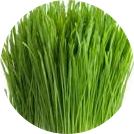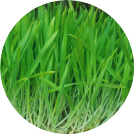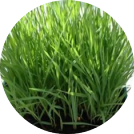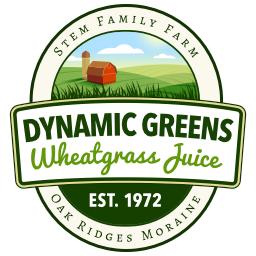Cereal grasses are one of the most important food groups that we can consume. Every cereal grass, from the green leaves of barley, wheat, rye, and oats, are nutritionally similar. These grasses differ from the mature seeds in terms of their nutritional and chemical consistency. Plant nutrients attain their peak heights as they near their brief, but critical, jointing stage. There are several stages that are required to let cereal grass grow properly, but the three most important stages involve good soil, the right moisture levels, and the right temperatures.
Suitable soil
Good topsoil is a must to let cereal grass grow properly. Some combination of healthy composted soil is also a possibility. In Ontario, for instance, the Ontario Greenbelt forms an ideal growing ground for a variety of different products including wheatgrass. The Greenbelt forms two million acres of protected farmland, wetlands, forests, and watersheds from development. The Canadian government also protects the Greenbelt, making it an ideal location for sustainable agricultural development.
Some of the best areas in the world to grow cereal grasses are those that consist of a hybrid mixing of soils from different areas. These areas provide nutrient-rich soils that allow cereal grasses to grow to their full potential. Hands-on crop rotation and land management is key to keeping soil at its optimal level for cereal grass growing conditions.
Suitable Moisture
The soil needs to be damp in order for these cereal grasses to develop properly. As it grows, these cereal grasses are watered daily or every other day to keep the soil moist. Cereal grass growers are careful to avoid wet and swamp conditions, as this can cause the young seeds to develop mold. Overwatering the soil is a common culprit, but the benefits of growing outdoors help protect plants from succumbing to mold.
The best environment for growing cereal grasses is one with consistent rain levels that don’t get excessive. Of course, there are a variety of different environments to which plants can adapt. Because the soil in the Greenbelt is so variable from farm to farm and even from field to field, cereal grasses and many other forms of produce have a unique advantage.
In periods of heavy rains, soils with high contents of sandy loam that also drain well will produce the best crops of cereal grass. In drier periods, heavy clays help retain moisture to produce the best crop. A combination of both of these types of farmland makes for the ideal cereal grass growth environments.
Ideal Temperature Conditions
Excessive heat is not productive for young cereal grass to grow as they are trying to sprout. Many companies attempt to grow cereal grasses indoors or in greenhouses, but they often creates a product with less nutrition that is also prone to mold. Temperate climates with consistent rainfall provide the best growing conditions for cereal grasses to develop.
All of these together are essential factors for these cereal greens to effectively progress through their growth stages. Nutrient concentrations vary based on the growing conditions and the growth stages at which the grasses are harvested. While it is possible to grow cereal grasses indoors, you get a better product from field grown cereal grasses. The root systems are deeper, the growth cycle is ten times longer, there are no simple sugars, the nutrient levels are much higher, and the taste is noticeably better.





